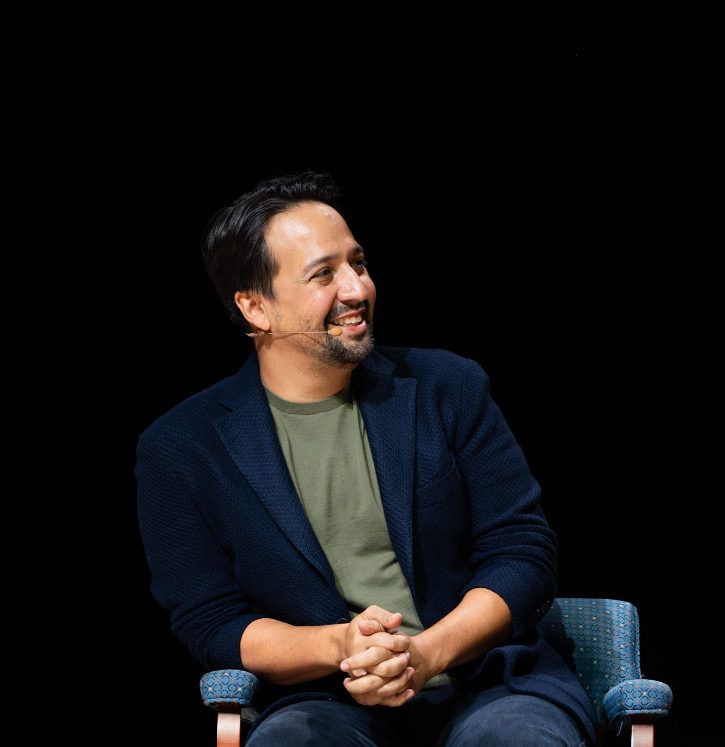
From thrillers to historical narratives, this past summer delivered a variety of excellent shows for people to watch during their free time. Some gave long-awaited continuations to previous seasons, while others premiered to great success. Despite the differences in genre and runtimes, each one felt fresh and exciting, while offering plenty of quality material.
At the start of the summer months, FX released the sophomore season to
Pose
, a critically-acclaimed drama that depicts the triumphs and struggles of black and brown members of the LGBTQ+ community at the end of the twentieth century. The first season featured ballroom scenes where various characters delivered campy performances with elaborate dress and dance. Over the course of the season, characters receive recognition for their performances but simultaneously face countless social injustices outside the world of ball, including fetishization and transphobia.
With its newest episodes,
Pose
jumps forward a decade to provide an eye-opening glimpse into how the non-white sectors of the LGBTQ+ community reacted to the cultural commodification of ball scenes and the movement to raise AIDS awareness. Characters who found massive success as ball performers in the first season now audition as mere backup dancers for Madonna, who is identified as a key person to first commodify ball dances, specifically “voguing.” Others apply their talents into professional sex work, intending to create a successful business from their clients’ interests. Some characters, sick of the suffering their loved ones experience with the contraction of AIDS, begin a career in activism, giving speeches and throwing fundraisers to ensure that the world can know and help those with the disease.
Pose
’s second season is more serious than the first — there’s misery in the air from the frequent AIDS-related deaths and a biting cynicism from characters whose passion — the ball scene — has been watered down into a ghost of what it once was. However bleak it may feel, though,
Pose
’s second season ultimately succeeds in highlighting the dark atmospheres in this overlooked but important period of history, educating viewers on the loss and the legacy of the era.
Amazon Prime Video soon joined the summer release train by dropping
Good Omens
, a miniseries based off of the magical realism novel created by Neil Gaiman and Terry Pratchett two decades ago. Though it depicts a conflict between Heaven and Hell, the show rarely gets serious, delivering heaps of situational irony and tongue-in-cheek humor at well-known figures in both religion and history. In this world, angels indulge in materialism by eating crêpes, and demons influence Western culture by popularizing Shakespeare’s “Hamlet,” while infamous witches about to be burned at the stake humiliate their hunters by yelling about their adulterous predilections.
Then there is God’s Great Plan — an apocalypse to end all of humanity. The protagonists of
Good Omens
, an angel and a demon who have grown to respect each other over the generations, do not obey the Plan, as they both have a strong fondness for humans. This turns out to their detriment when they have to act as key agents in the Great Plan by handling the coming of the Antichrist, resulting in wildly entertaining shenanigans that include confronting demonic nuns and accidentally turning London’s M25 highway into a ring of deadly fire.
Though the show strives for an overall humorous tone, it still has some serious moments, especially concerning the strong relationship between the angel and the demon. In one scene where the demon rushes to the angel’s home to find it burned down and the angel gone, one can clearly see from the grief on his face that he cares for the angel deeply.
Good Omens
, despite drawing from heavy-handed materials, still presents a lighthearted-yet-poignant tale that anyone can enjoy.
BBC America dropped the second season of
Killing Eve
between the days of late spring and early summer, leaving watchers to stream all the episodes over the next three months.
Killing Eve
depicts the twisted relationship between a detective and an assassin for hire. The first season consists of the detective relentlessly chasing the assassin, a pursuit that fuels her unhealthy fascination with psychopathic murderers, putting a strain on her marriage and her friendships. The assassin, on the other hand, feels flattered that she has a person tracking her work and steadily grows fascinated by the detective.
Though the detective and the assassin both try to forget the other in the second season, their mutual obsession for each other only grows as time progresses. The assassin now tries to gain the detective’s attention with extravagant killings and postcards from her murder locations, while the detective tries to rebuild the social bridges she burned when chasing the assassin, but constantly thinks about the thrill of chasing the assassin down. Obsession does not only taint the two protagonists; another character subtly disguises the fact that he likes watching people die and another character is infatuated with dolls to the point where he imprisons people in his house and orders them to act like dolls themselves. The new season ultimately shows the effects of unhealthy fixations on people, leaving viewers with a chilling-yet-interesting investigation of human behavior. Despite its alarming material,
Killing Eve
is an engrossing series with the potential to ironically turn into an obsession itself.
All of the summer television releases listed above did not disappoint in the slightest. Though they existed in different settings and genres, each show nevertheless delivered compelling plots and unique character perspectives, keeping viewers engaged throughout the summer holidays.

























